AI Empowerment: A Brief Discussion on the Analysis and Construction of China's University Epidemic Prevention and Control System
DOI: 10.23977/socmhm.2025.060202 | Downloads: 15 | Views: 383
Author(s)
Chen Bian 1
Affiliation(s)
1 Guangzhou City Construction College, Guangzhou City, China
Corresponding Author
Chen BianABSTRACT
This paper studies the use of artificial intelligence technology to build a scientific, comprehensive, and practical "technology-management-capability" trinity system for the prevention and control of major infectious diseases in colleges and universities, providing theoretical support and practical guidance for Chinese universities to effectively respond to future epidemics. The method applied in this paper is a literature review, analysing China's regulations and systems for supervising sudden infectious diseases or epidemic events in universities. Case analysis was conducted to analyze typical cases of AI technology used for epidemic prevention and control in six universities in China and other countries (Tongji University in China, Beijing University of Posts and Telecommunications in China, Shanghai University in China, University of California, Los Angeles in the United States, University of Cambridge in the United Kingdom, and University of Tokyo in Japan). The overall status, representative achievements, and key implementation processes of AI technology used in campus epidemic prevention and control in Chinese universities were summarised. Successful experiences and existing problems were summarised, and a "technology-management-capability" trinity prevention and control system framework was proposed. This study can provide a theoretical basis and practical reference for Chinese universities to respond to future epidemics, and will also help to maximize the health and safety of teachers and students, maintain normal teaching order and social stability in Chinese universities.
KEYWORDS
University; Epidemic; Infectious Disease; AI; Prevention and ControlCITE THIS PAPER
Chen Bian, AI Empowerment: A Brief Discussion on the Analysis and Construction of China's University Epidemic Prevention and Control System. Social Medicine and Health Management (2025) Vol. 6: 9-14. DOI: http://dx.doi.org/10.23977/socmhm.2025.060202.
REFERENCES
[1] Zhang Yu, Liang Ying, Guo Yu. Research on the current status and prevention and control strategies of campus infectious diseases [J]. Journal of Aerospace Medicine, 2023, 34(09): 1101-1103.
[2] Chen Hongbiao, Zhang Wei, Gu Zihao, et al. Research on the current status and prevention and control strategies of campus infectious diseases in Shenzhen[J]. Chinese Journal of Public Health Management, 2021, 37(06): 793-795.DOI: 10.19568/j.cnki.23-1318.2021.06.0022.
[3] Zhou Xiaoqin, Liu Huizhen, Wang Ting, et al. Artificial intelligence empowers the medical field: multidimensional applications, key challenges and future development [J/OL]. Chinese Journal of Clinical Thoracic and Cardiovascular Surgery, 1-9 [2024-12-23]. http://kns.cnki.net/kcms/detail/51.1492.R.20241209.0949.020.html.
[4] Tongji University. White Paper on Intelligent Identification System for Epidemic Prevention and Control [R]. 2022.
[5] Beijing University of Posts and Telecommunications. "Big Data + AI" Campus Epidemic Prevention Practice Report [R]. 2021.
[6] Zhu Wenhao, Song Yang, Yang Luye. Design and Implementation of University Epidemic Prevention Information Platform - Taking Shanghai University's "Road to Health" as an Example [J]. China Education Informatization, 2022 (8): 45-51.
[7] UCLA Research Team. Automated NAAT Platform for Viral Detection [J]. Science Translational Medicine, 2021, 13(595): eabf2345.
[8] Cambridge University. AI-Powered Campus Surveillance System: A Case Study [R]. 2022.
[9] University of Tokyo. Report on Intelligent Epidemic Prevention Material Management and Environmental Disinfection System [R]. 2021.
[10] Ministry of Education. Measures for Data Security Management in Higher Education Institutions (Trial) [Z]. 2021-09-15.
[11] Pu Tianlong. Building an Emergency Epidemic Prevention Mechanism for Major Infectious Diseases on Campus [N]. China Education News, 2020-02-06(003).DOI:10.28102/n.cnki.ncjyb.2020.000006.
[12] Wang Ying, Zhang Wei. Application and Ethical Regulation of Artificial Intelligence in Epidemic Prevention and Control in Colleges and Universities [J]. Research on Higher Education, 2021 (5):68-74.
[13] Chinese Academy of Educational Sciences. Security Assessment Report on Artificial Intelligence Epidemic Prevention and Control System in Colleges and Universities [R]. 2022.
[14] Xi Rui. Research on Response Strategies of University Campus Space Planning under Epidemic Prevention and Control [D]. Hebei Institute of Architecture and Engineering, 2024.DOI:10.27870/d.cnki.ghbjz.2024.000200.
| Downloads: | 3005 |
|---|---|
| Visits: | 171911 |
Sponsors, Associates, and Links
-
Information Systems and Economics
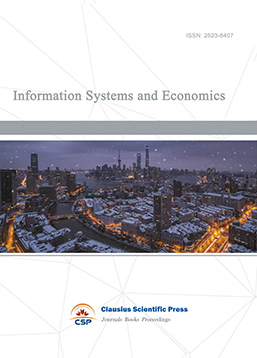
-
Accounting, Auditing and Finance

-
Industrial Engineering and Innovation Management
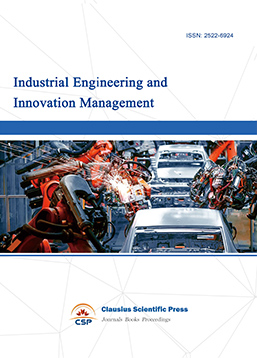
-
Tourism Management and Technology Economy

-
Journal of Computational and Financial Econometrics
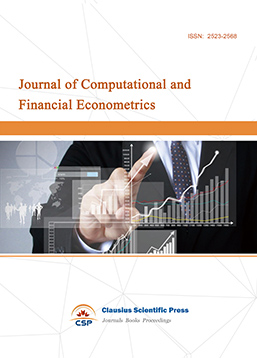
-
Financial Engineering and Risk Management
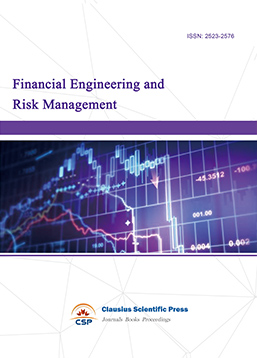
-
Accounting and Corporate Management

-
Social Security and Administration Management
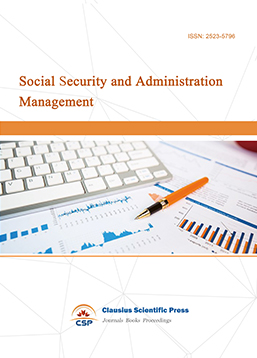
-
Population, Resources & Environmental Economics
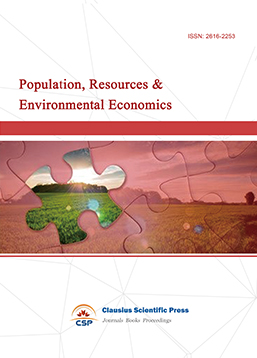
-
Statistics & Quantitative Economics

-
Agricultural & Forestry Economics and Management
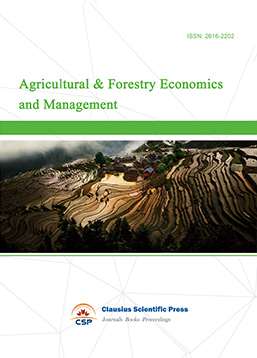
-
Land Resource Management
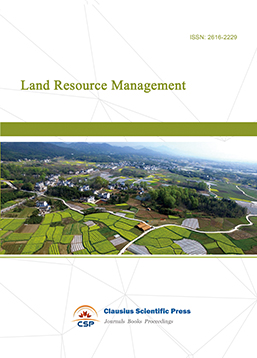
-
Information, Library and Archival Science
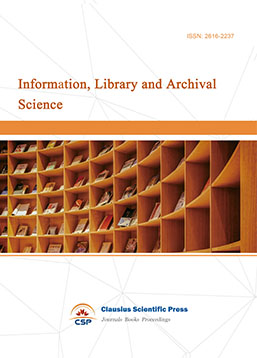
-
Journal of Human Resource Development

-
Manufacturing and Service Operations Management

-
Operational Research and Cybernetics
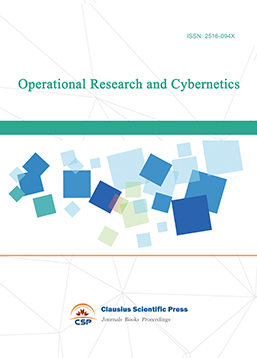

 Download as PDF
Download as PDF